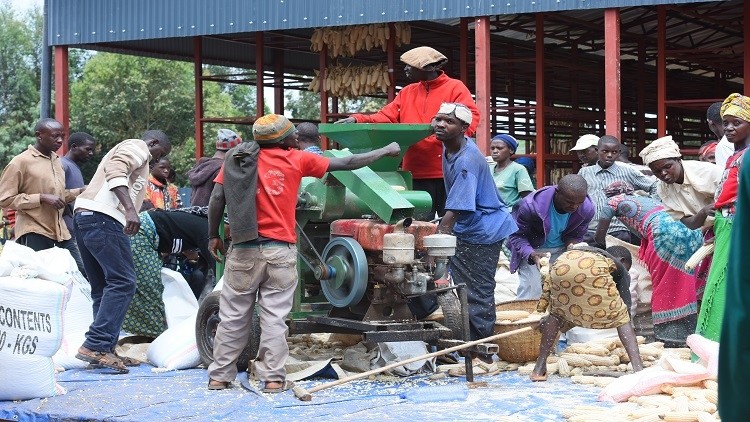Making good nutrition affordable: DSM targets snacking, local ingredients and convenience

In an interview with FoodNavigator-Asia, Wong Sue Yin, who is the Business Head ASEAN of Human Nutrition and Health at DSM, said that the firm was working with manufacturers to produce nutritional snacks, in addition to its core business of producing supplements.
“We will be targeting snacks and convenience food which are on increasingly popular. These products may come in a smaller serving size but contain higher nutrient density,” she said.
The increasing number of convenience stores in South East Asia was also affecting the type of products that the firm would offer, she added.
A key focus would be making products cost-efficient and accessible.
Since sourcing ingredients locally would reduce production cost, Wong, who is based in Jakarta, said that the NGOs and companies had contemplated the use of local produce such as soy, rice, and peanuts for manufacturing nutritional products for the domestic market.
“Soy, rice and peanuts, these ingredients are the possible product base for us to use. The discussions are still in early stages. We are discussing how the end product will look like if we use one or two of these core ingredients. We will continue to work on it.”
Currently, DSM has a similar initiative running in Rwanda, where local agricultural products are made into porridge flours (with added milk, vitamins and minerals) for vulnerable population segments such as pregnant and breast-feeding mothers, older infants and young children for the critical first 1,000 days of their lives.
Retail settings
Other than tapping on local resources and eating trends, Wong said that nutritious products could also be made affordable and available via direct distribution models.
“The retail settings are also adding costs to the product price. As such, we are looking at different market distribution channels.
“In a SEAchange webinar held earlier this year, start-ups have shared innovative ways of product distribution. They do not distribute via general trade but involved local communities in the distribution.
“So this is like mobilising network within the community, the local people become ambassadors, which is kind of like direct distribution models. We have yet to discuss the use of these methods in Indonesia. But these models are already used in India and Bangladesh.”












